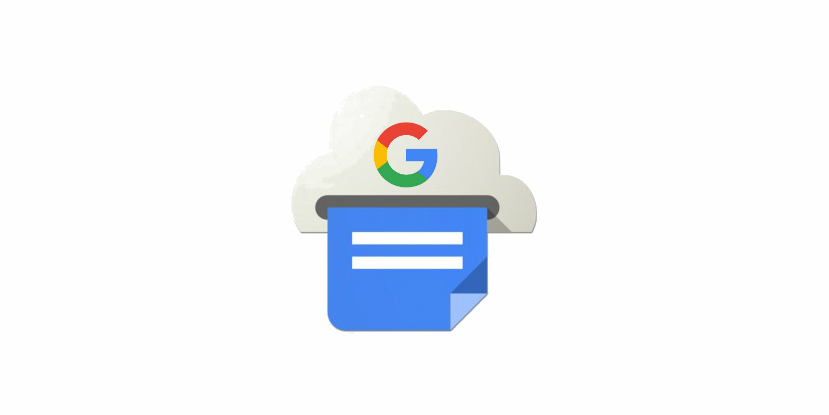

In case you bought your printer recently, chances are that it is a Cloud Ready printer, and it may even have registered itself with Google Cloud Print.ġ. Once your Classic or traditional printer is registered with Google, you are all set up to print anything from anywhere to your registered printer. You will see a confirmation message that your printer has been registered with Google (See image below). Just click on the Add Printer(s) button to register your Classic printer with Google. Any printer that is connected to your computer will be recognized by Google and listed with a tick mark.Ħ. Login to your Google Account using your Gmail User Name and Passwordĥ. Once you sign-in, you will be redirected to Google’s Cloud Print site. Open the Chrome browser on your computer.ģ. Next, click on the Add Printers button (See image above) – This will take you to the login page of your Google Account, in case you are not already logged in.Ĥ. Set Up A Non Cloud Printer For Google Cloud Printingįollow the steps below to set up a traditional or a Non Cloud Ready Printer to use Google’s Cloud Printing technology.ġ. We consider the printer's design, build quality, connectivity, interface, and importantly, the running costs and pricing.Most newer printer models are designed for Cloud Printing and are ready out of the box to use Google’s Cloud Printing technology. Google Cloud Print technology also works well with Classic or non-cloud printers, once they are registered with Google. These test pages have fonts of different sizes and colors, mixed texts and images, and just photos. We print the same documents across different printers to analyze their speed, quality, color fidelity, vibrance, sharpness, and contrast. To assess the printer performance, we rely on a standard ten-page document. We evaluate all our printers on our test bench and compare the findings against the other printer we've reviewed. If it's the latter, you'll want to pick a high-quality image printer with relatively low ink costs.Īlso, make sure to check the printer's speed, multi-function capabilities, connectivity options, control panel, and pricing. Then, you'll want to assess whether you'll be doing text-heavy printing or something that's more image and graphic-oriented. But if you need plenty of high-quality images/graphics, a color printer with low ink costs will be suitable. Your running costs will be a lot lower if you're primarily printing black and white text. Next, you'll want to assess whether your printing is text or image oriented. If you have intensive printing needs, you'll need a heavy-duty printer that's capable of churning out thousands of prints every month. When considering the best Canon printers for yourself, you'll want to start with evaluating whether you'll be using the machine at your office or home.
Best google cloud printer how to#
How to choose the best Canon printers for you?
Best google cloud printer full#
Read the full review: Canon imageClass LBP622Cdw It’s a handsome and compact unit that manages to find space for 250 sheets in its main paper tray, and the modular design means you can add paper trays when you need to expand.

Unlike many printers, the rate for dual-side printing (auto duplex mode) is not much slower. The printer lacks a touchscreen interface and has a fixed five-line LCD display. It's plastic build feels rugged but it weighs over 20kg and you'll find it easier to move around with an extra pair of hands. It’s a step up from Canon’s entry-level model and includes a color display, Wi-Fi with Wi-Fi Direct, auto duplex, and a fairly fast print rate. The Canon imageClass LBP622Cdw (known as the Canon i-SENSYS LBP663Cdw in UK) is print-only color laser device aimed at the medium-sized office.


 0 kommentar(er)
0 kommentar(er)
